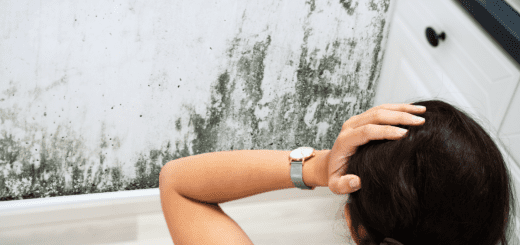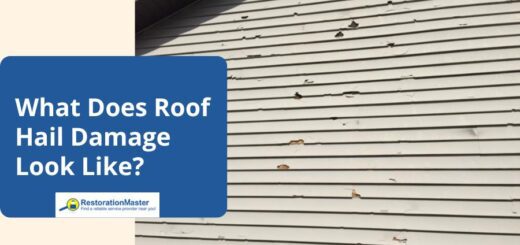How to Remove Water Stains from the Wood Floor
Summary: Water stains on wood floors can be a common issue caused by spills or excess moisture. Light stains can be removed with vinegar or lemon, while dark stains may require sanding. It’s important to identify the stain type for effective removal.
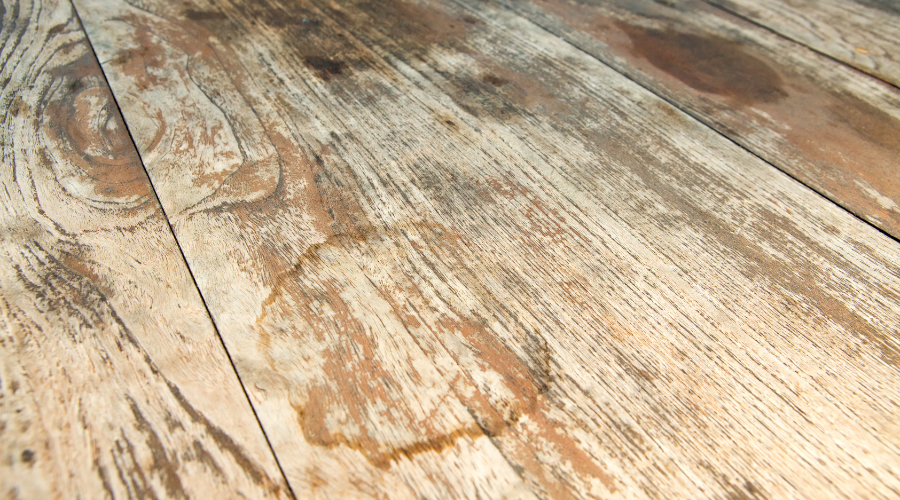
Water Stains from the Wood Floor
Wood floors are elegant and durable, but they are prone to watermarks which can affect their appearance. Water stains appear when moisture gets absorbed into the wood and becomes trapped beneath the finish. These stains can be caused by spills or issues with excessive moisture. However, no matter what the cause of the stain, there are ways you can remove water stains and restore the appearance of your wood floors.
Determining the Water Stain
The initial step is to determine the color of the stain to identify its cause. A light water stain will appear cloudy or lighter than the wood, while dark stains will be almost black. Water stains are unique, providing insight into removal methods based on whether they are light or dark. Typically, the duration the water remained on the wood and its depth of penetration differentiate light and dark stains.
- Light water stains: If you notice a light water stain, it will appear cloudy. This means that that water has only penetrated the finish of the wood or the surface layer.
- Dark water stains: If left untreated, light stains can progress into darker ones on wood that are brown or black in color, indicating moisture penetration and mold growth. Such stains pose a greater challenge for removal.
Removing Light Water Stains
If you have wood floors in your home, chances are that at some point you will experience a light water stain or two. These stains can be frustrating and unsightly, but the good news is that they are usually not permanent and can be removed with a few simple steps. The following steps will help you remove light water stains from your wood floors:
- Use lemon or vinegar:
This is the easiest method to remove light water stains from your floors. Just mix equal parts vinegar and water or squeeze one lemon into a cup of water. Next, scrub the solutionA solution is a homogeneous mixture of two or more substance... More over the stain and move in the direction of the wood grain. If you’d like some extra grit and cleaning power, then you can add a teaspoon of salt or baking soda to the mix. This is the best method if you have new stains that have only penetrated the top layer of the wood finish.
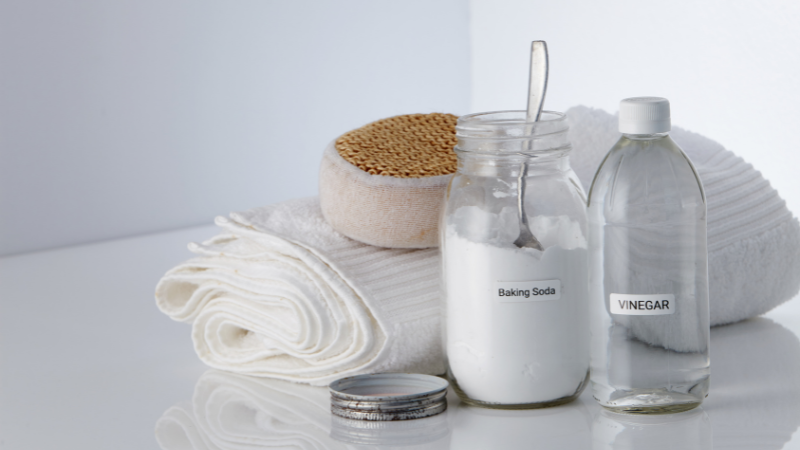
- Use toothpaste:
Use white paste to clean the light stains on your floors. Just squeeze the paste onto a cloth and rub the paste in a circle on the stain. Try not to press too hard. Only do this for one minute because if you do more than that, you may end up damaging the wood.
- Use petroleum jelly or mayo:
The oil from petroleum jelly or mayo helps it seep into the wood which displaces the water and removes the stain. Just put a little bit of petroleum jelly or mayo onto a paper towel and gently rub it over the stain. Leave it alone for 15 minutes or overnight and evaluate how the stain looks. If the stain has disappeared, then wipe down the wood with a cleaning solutionA solution is a homogeneous mixture of two or more substance... More and a cloth.
- Use a hair dryer or iron:
Sometimes when you apply heat to new stains, it can help the water evaporate and remove the stain. However, sometimes the heat can warp the wood, so it is important to be cautious. First, use the hair dryer on a hot setting and point it at the stain until the water evaporates. If this process does not work, you can put a kitchen towel over the stain, then go over the towel with an iron, just make sure the iron never encounters the wood.
- Use commercial wood cleaners and polish:
Try using wood polish or wax. Leave it on the wood for 6 to 8 hours and then wipe it away until the stain is gone. If the stain is still there, try a ring remover solutionA solution is a homogeneous mixture of two or more substance... More. You can use odorless mineral spirits or acetone to thin the top layer of varnish and remove the stain. However, be aware that they may leave blemishes.
How to Remove Dark Water Stains
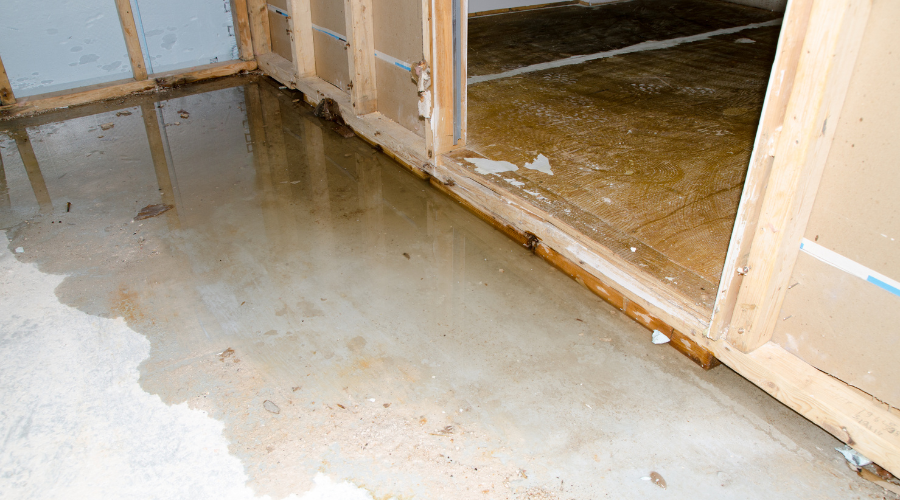
Dark water stains happen over time and are more difficult to remove. To effectively remove dark stains, you must remove the water and clean away the moldMold is a type of fungus that grows in damp or humid conditi... More that has grown within the wood. The only way to do this is to sand back the surface of the wood.
- Sanding:
You should use (100) grit sandpaper and rub it in the direction of the grain. Feather the edges of the area using steel wool. Finally, add a few coats of varnish/lacquer/wax to match the original finish. If you are dealing with a larger stain such as after a plumbing leak, you may need to rent a sanding machine to remove the heavy varnish.
- MoldMold is a type of fungus that grows in damp or humid conditi... More and mildewMildew is a type of fungus that grows on damp surfaces, typi... More cleaner:
Once you’ve sanded down to the stain, make sure to use a mold and mildew cleaner so that it kills the moldMold is a type of fungus that grows in damp or humid conditi... More and prevents the stain from returning. Once the area has dried, you will be able to refinish the wood with the stain or varnish that matches the rest of the floor.
- Bleach:
You should only use this method as a last resort. If the wood has been penetrated too deeply for sanding to help, you can apply bleach directly to the wood to help lighten the water stain. This can take up to several hours. Once you are done bleaching, make sure to remove all remaining bleach using a damp spongeA sponge is a porous material used to absorb liquids or clea... More. Finally, add a thin layer of vinegar and remove it with a damp spongeA sponge is a porous material used to absorb liquids or clea... More. This will help get the wood ready for the finish and prevent any further discoloration from developing. Make sure to add several coats of finish to match the original finish.
Always keep in mind that it is best to treat a stain right away as opposed to leaving the moisture on the wood where it will penetrate and make the stain darker and tougher to remove. These stains will require you to sand the area down and refinish the wood.
Professional Help

Have you experienced water stains on your wood floors because of a water leak at your home or business? Water damage restoration professionals can help. Trained technicians use advanced water extraction and dryingDrying is the process of removing moisture from materials, s... More equipment to remove moisture that has been absorbed into wood floors and other porousPorous describes a material that contains small openings or ... More materials. They can also help restore the damage to wood floors caused by the water.










